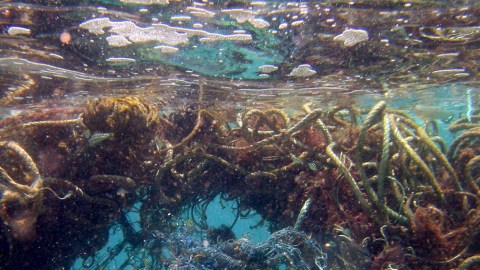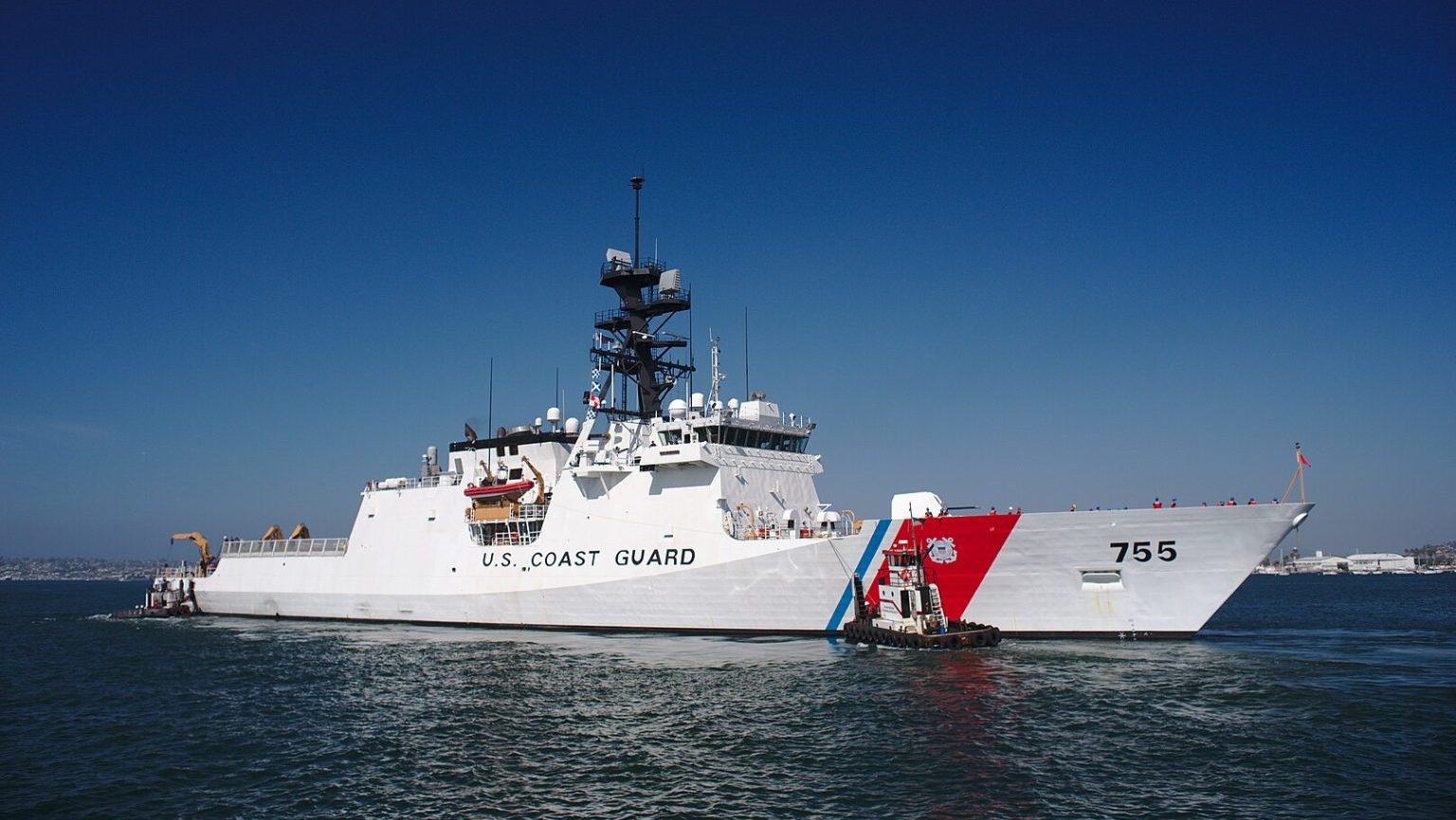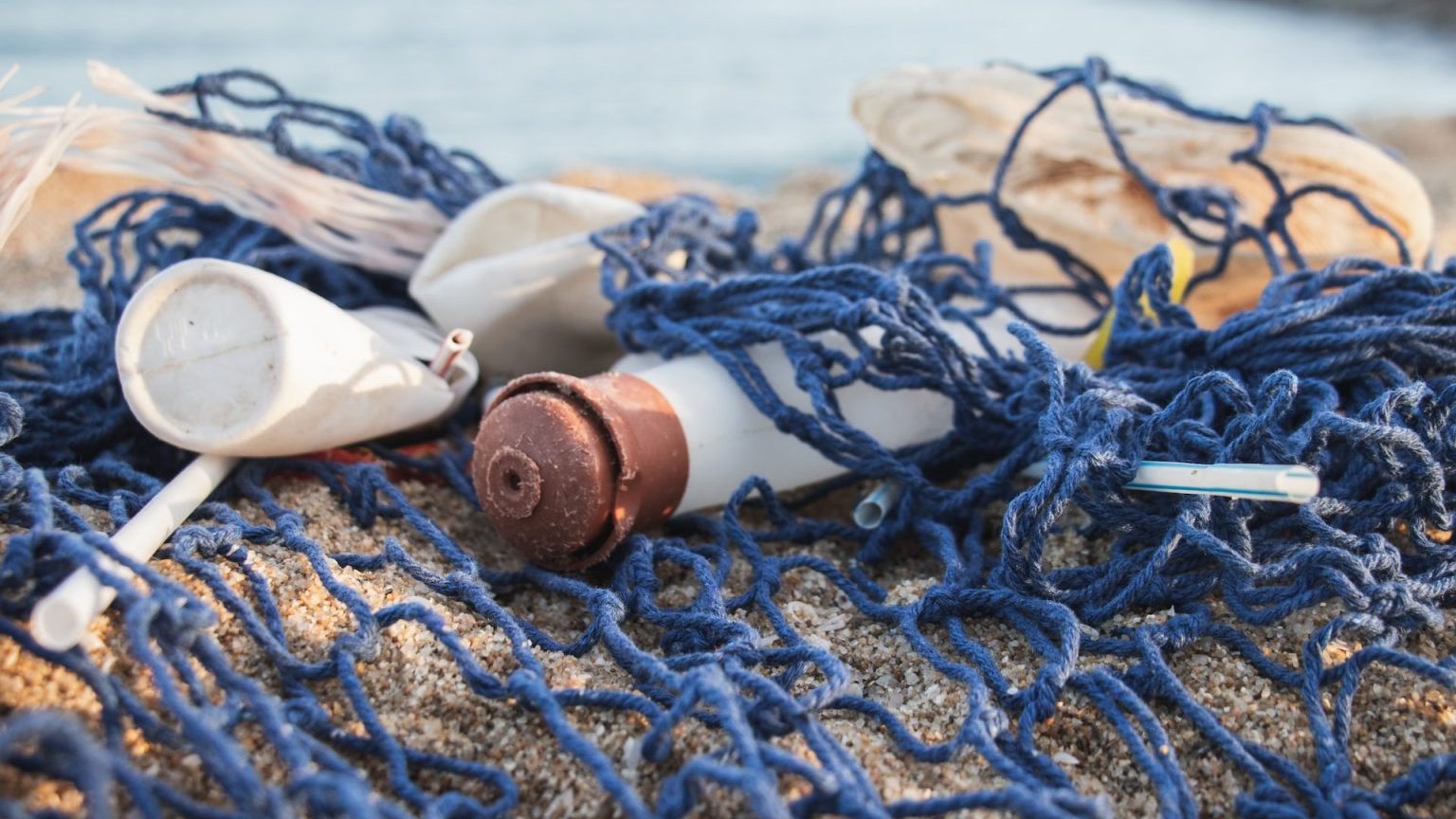A Norwegian Billionaire Is Building The World’s Biggest Yacht to Collect Plastic From Oceans

Kiel Inge Røkke is one of the richest men in Norway, with an estimated net worth of $2.2 billion. He is a self-made billionaire who never even finished high-school but started working as a fisherman at 18 and gradually built a leading worldwide fisheries business. Røkke’s fortune was made in the sea. Now he wants to give back to the sea by building a research vessel that will collect up to 5 tons of plastics from the water daily.
In an interview for Oslo’s Aftenposen newspaper (translation needed), Røkke talked about the yacht and his motivation to build it.
“The sea has given me great opportunities. I’m grateful for that. I want to give back to society the bulk of what I’ve earned. This ship is a part of that. The idea of such a ship has evolved over many years, but the plans have become concrete in the past year.”
When completed in 2020, the REV (research expedition vessel) will be the world’s largest yacht. It will be operated independently by the world’s largest conservation organization – the World Wild Fund for Nature (WWF) and will be able to accommodate 60 researchers in addition to a crew of 30.
The ship will carry equipment capable of conducting environmental monitoring both in the oceans (up to 20,000 ft. deep) and the atmosphere. It will also be capable of collecting and safely melting up to 5 tonnes of plastic per day.
Nina Jensen, WWF Secretary General, said she was excited for the cooperation.
“We are far apart in [our] views on oil, and we will continue to challenge Røkke when we disagree with him,but in this project we will meet to collectively make a big difference in the environmental struggle.”
Indeed, initiatives like this are crucial for addressing the threats marine life is facing – from ocean acidification and pollution to overfishing and temperature changes. A 2015 report published in the journal Science, calculated that “275 million metric tons (MT) of plastic waste was generated in 192 coastal countries in 2010, with 4.8 to 12.7 million MT entering the ocean.” A 2016 report by the World Economic Forum (WEF) predicts that on the current track, oceans will contain more plastic than fish by 2050 (by weight). Moreover, 95% of the value of plastic packaging material, worth $80 billion-$120 billion annually, is lost to the economy after a short first use.
Only a few days ago, a collaboration of 19 aquariums across the U.S pledged to fight plastic pollution by banning single-use plastic bags and straws. Much more is needed, however, to solve our plastics problem.
The WEF report, emphasizes the need for applying circular economy principles and points out that “achieving the systemic change needed to shift the global plastic value chain will require major collaboration efforts between all stakeholders across the global plastics value chain – consumer goods companies, plastic packaging producers and plastics manufacturers, businesses involved in collection, sorting and reprocessing, cities, policy-makers and NGOs.”
Billionaires’ help is also welcome.





